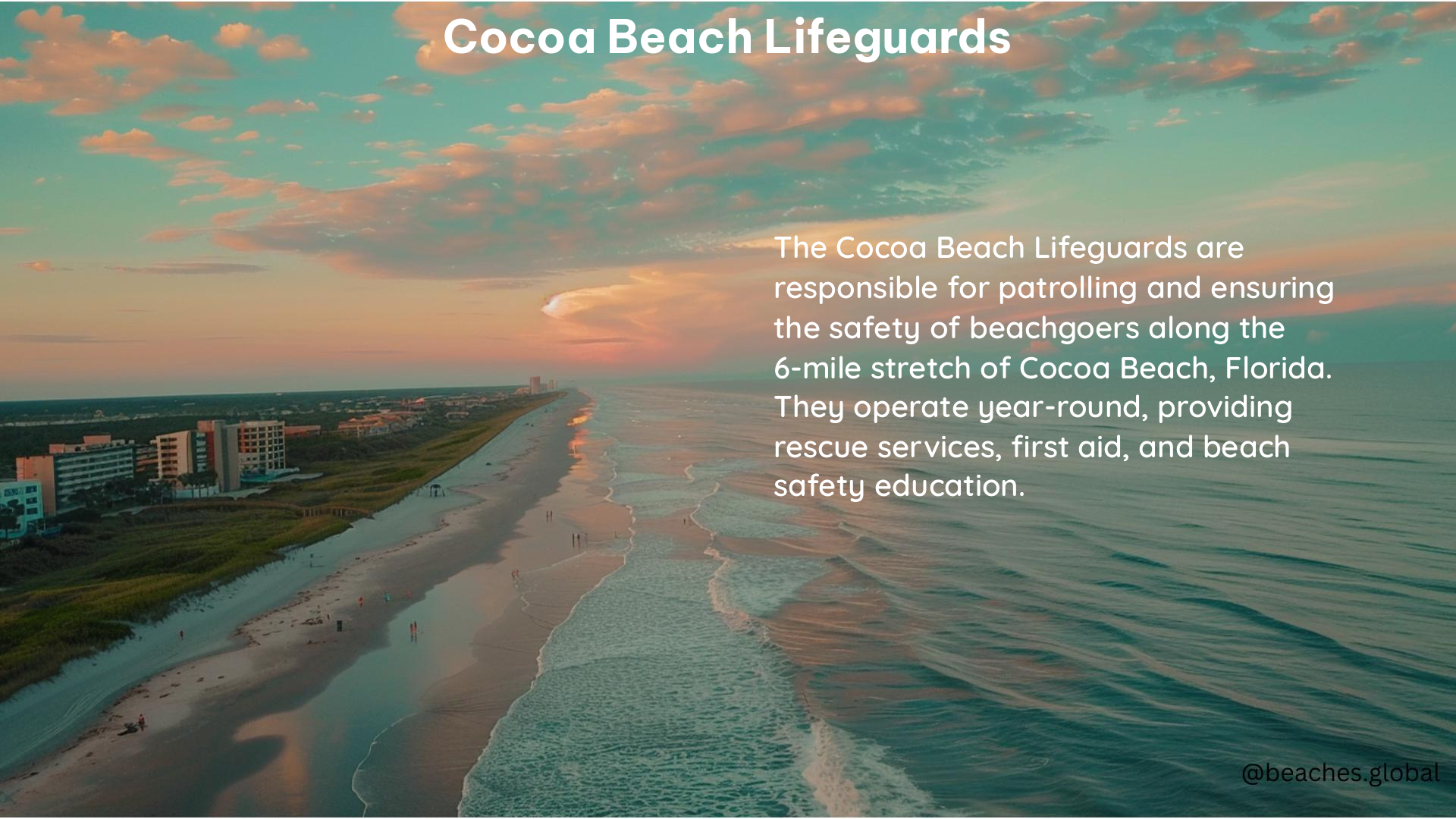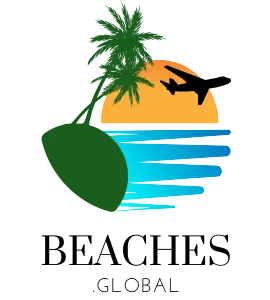Cocoa Beach Lifeguards are an essential part of the Brevard County Ocean Rescue Services, providing safe swimming and beach protection to all Brevard County residents, visitors, and tourists in designated areas of unincorporated Brevard County. The Lifeguard program operates year-round, with a team of approximately 90 part-time lifeguards, 26 full-time lifeguards, and 3 full-time supervisors, all of whom are United States Lifesaving Association certified with a minimum of First Responder training.
Lifeguard Stations and Coverage
The Lifeguard towers are located throughout north and south Brevard County beaches, including the Cocoa Beach area, where full-time lifeguards operate daily from 10:00 AM to 5:00 PM at the following locations:
- Cocoa Beach Pier
- Shepard Park – Cocoa Beach
- Lori Wilson Park – Cocoa Beach
- Minutemen Causeway – Cocoa Beach
- Nance Park (5th Avenue) – Indialantic
- Paradise/Futch Park – North Indialantic
- North Spessard Holland Park – Melbourne Beach
Seasonal lifeguards also maintain weekday duty at these locations beginning the day after Memorial Day weekend through the first week in August (when the school year begins).
Goals and Priorities of the Ocean Lifeguard Program

The Ocean Lifeguard program has several goals and priorities, including:
- Increasing operational readiness and effectiveness of county lifeguard personnel through additional job training and quality reviews.
- Maximizing the use of beach services and resources to enhance both the level and quality of service.
- Fostering inter-agency communication, training, and support with all related agencies.
- Educating the public to the potential hazards associated with aquatic activities through active and passive community-based public education programs.
Rip Currents: A Significant Hazard at Cocoa Beach
Rip currents are a significant hazard at Cocoa Beach, and it is essential to be aware of them before entering the water. Rip currents are channels of water flowing away from shore at surf beaches, and their speed and strength can change by the moment, making them dangerous to anyone entering the surf. To recognize a rip current, look for:
- A gap of darker, seemingly calmer water between areas of breaking waves and whitewater
- A difference in water color
- A line of foam, seaweed, sand, or debris moving away from shore toward the open ocean
- A channel of churning, choppy water
If you get caught in a rip current, remain calm, don’t swim toward the shore (against the current), and try to escape by swimming parallel to the shoreline or toward breaking waves, then at an angle toward the shore. You may also be able to escape by floating or treading water if the current circulates back toward the shore. If you feel you are unable to reach shore, draw attention to yourself by yelling and waving your arms for assistance.
To help someone caught in a rip current, get help from a lifeguard, call 9-1-1, direct the swimmer to follow the shoreline to escape, and if possible, throw the swimmer something that floats. Never enter the water without a flotation device.
Beach Safety Tips for Visitors
When visiting Cocoa Beach, it is essential to follow beach safety tips, including:
- Check with lifeguards or local authorities about any specific rip current warnings or conditions.
- Swim at beaches with lifeguards present and follow their instructions.
- Never swim alone.
- Keep an eye on children at all times and ensure they’re supervised.
- Avoid swimming under the influence of alcohol or drugs.
- Protect yourself from the sun by wearing sunscreen, seeking shade, and staying hydrated.
By following these guidelines and heeding the advice of the Cocoa Beach Lifeguards, visitors can enjoy the beautiful beaches of Cocoa Beach safely and responsibly.
References:
– Brevard County Ocean Rescue Services
– Cocoa Beach Beach Information
– City of Cocoa Beach Beach Safety
– Battle Over Paying Brevard Lifeguards
